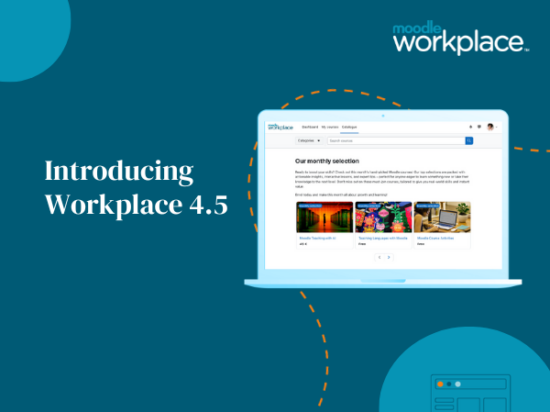In the dynamic landscape of education, fostering interactive learning experiences is paramount. Today, educators seek versatile solutions that captivate learners while ensuring meaningful knowledge retention. Fortunately, the convergence of H5P (HTML5 Package) and Moodle presents a compelling avenue to achieve this goal, offering a plethora of interactive content creation tools seamlessly integrated into the Moodle platform.

H5P, renowned for its user-friendly interface and extensive range of content types, empowers educators to craft engaging learning materials effortlessly. From interactive presentations and quizzes to virtual flashcards and branching scenarios, H5P offers a diverse toolkit to cater to varied learning styles and objectives. By incorporating multimedia elements such as videos, images, and audio, educators can create immersive experiences that stimulate learners’ cognitive faculties and deepen their understanding of complex concepts.
Moreover, H5P’s compatibility with Moodle enhances its accessibility and utility within educational settings. Moodle’s robust infrastructure provides a stable and secure environment for hosting H5P content, ensuring seamless integration into existing courses. With built-in features like activity tracking and grading, educators can monitor learners’ progress and evaluate their comprehension effectively, fostering accountability and motivation.

One of the key advantages of leveraging H5P and Moodle tools lies in their adaptability to diverse educational contexts. Whether facilitating remote learning or traditional classroom instruction, educators can tailor interactive content to suit the specific needs and preferences of their learners. From elementary school classrooms to corporate training programs, H5P and Moodle empower educators to transcend geographical barriers and deliver engaging learning experiences globally.
Furthermore, the collaborative nature of H5P and Moodle promotes knowledge sharing and community engagement within educational institutions. Educators can leverage existing H5P content repositories and Moodle forums to exchange ideas, resources, and best practices, enriching the collective learning experience. By fostering a culture of collaboration and innovation, institutions can harness the full potential of H5P and Moodle to drive continuous improvement in teaching and learning outcomes.
In conclusion, the synergy between H5P and Moodle offers a compelling solution for educators seeking to enhance learning engagement and efficacy. By harnessing the power of interactive content creation tools within the familiar Moodle environment, educators can transcend traditional pedagogical boundaries and unlock new possibilities for student-centered learning. As we navigate the evolving landscape of education, embracing H5P and Moodle as catalysts for innovation promises to redefine the future of teaching and learning, one interactive experience at a time.







